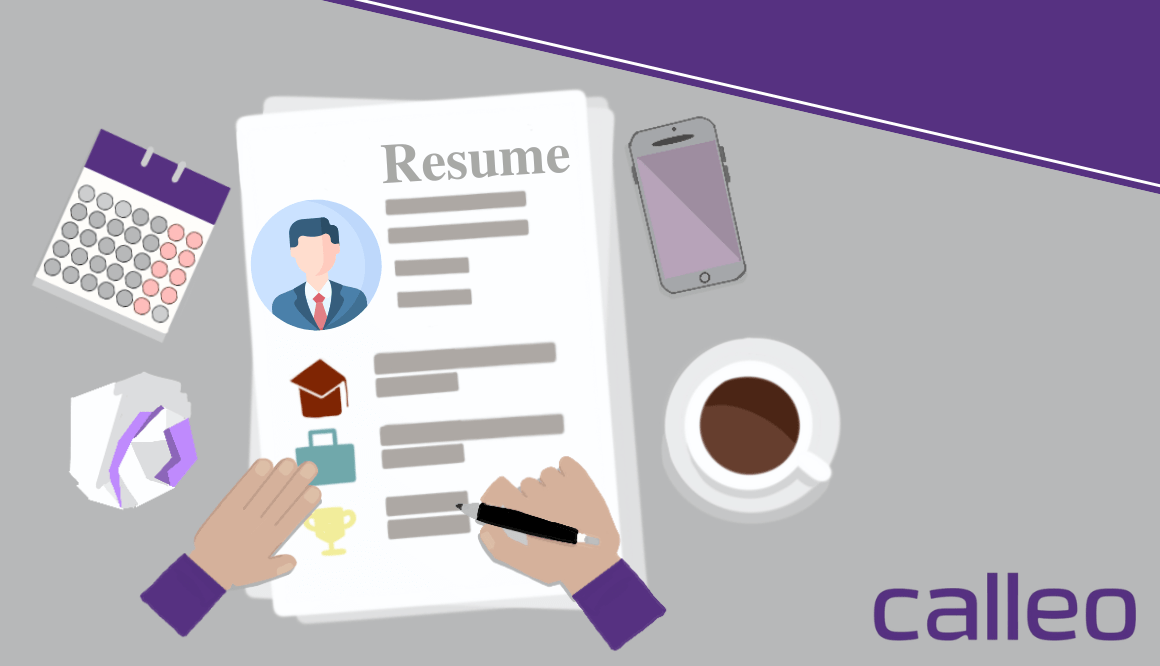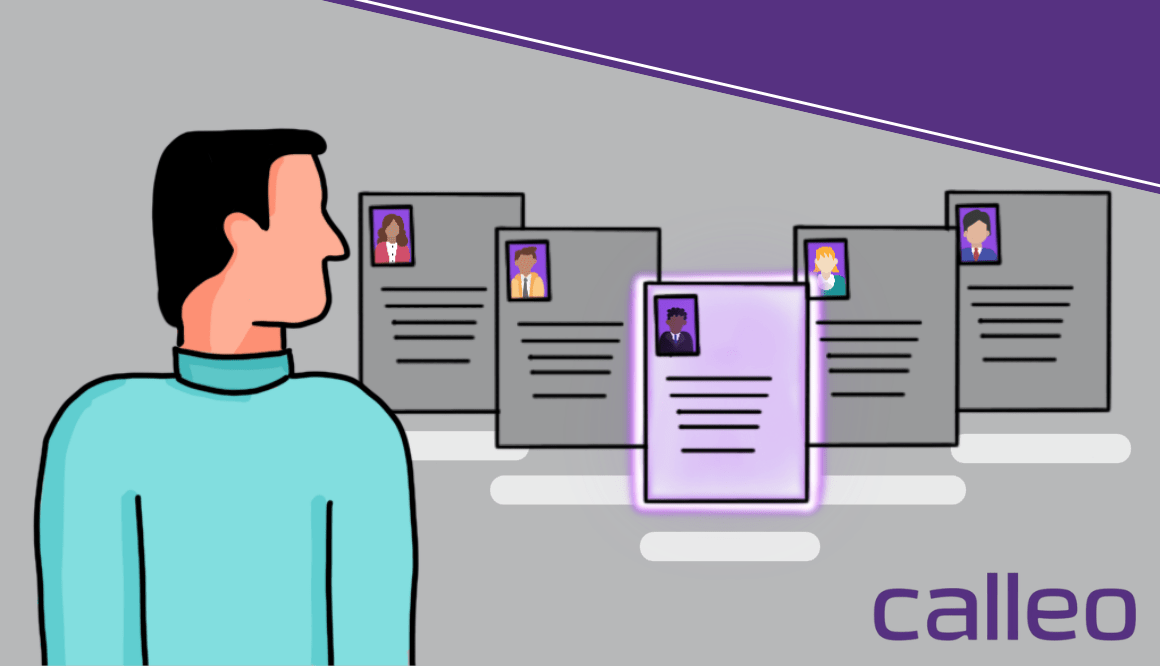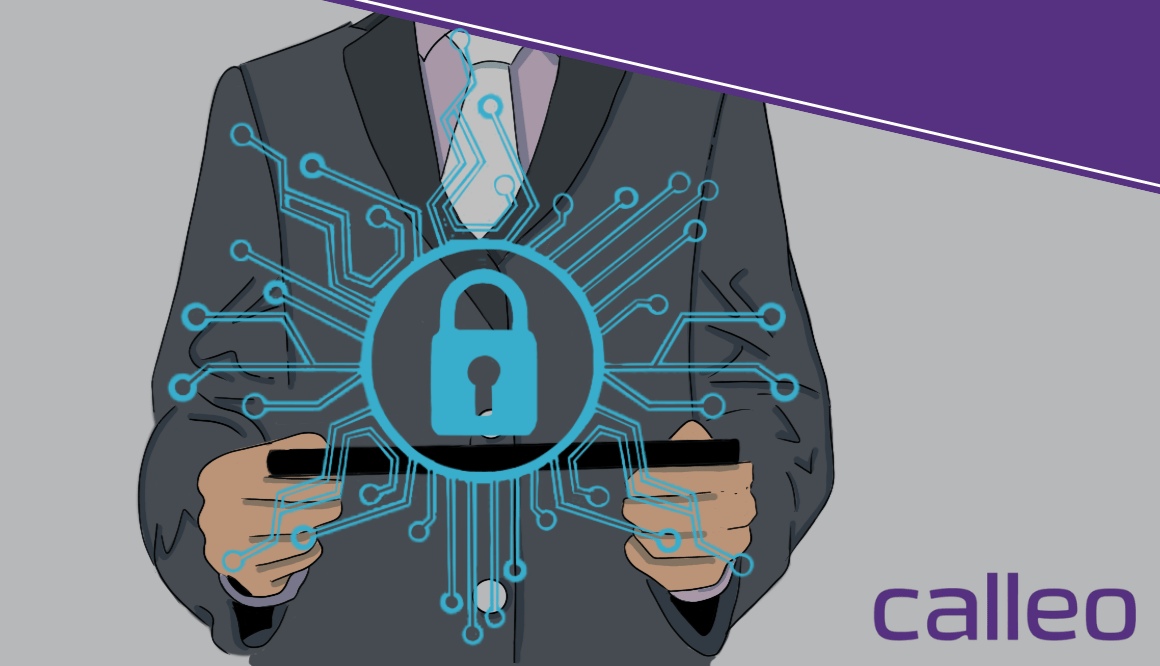How To Excel At Video Interviews
1 May 2023 Stacey Fernandes
So, you’ve made it through the application and initial shortlisting process for your dream job, and it’s now time to focus on interview strategies which is increasingly likely to be via some form of video calling.
Let’s start with the basics…
In many cases, you are likely to be conducting your interview from home so set yourself up somewhere quiet where you won’t be interrupted by the cat/dog/partner/child wandering in.
Dress professionally and appropriately for the role you’re applying for (and not just from the waist up!), as this will not only portray the image you want, but mentally prepare you for the interview process. Avoid bright colours or patterns and instead opt for a more muted wardrobe to ensure the focus is on what you are saying, not what you are wearing. But be careful not to totally blend into the background, so wearing the same colour top as your chair is a big no-no.
Ensure the lighting is also appropriate so you’re not just a dark shadow on the screen – if necessary, put a lamp next to the computer facing you so that it adds light to your face.
Finally, put other devices on do not disturb and have a water bottle handy.
Technology set up
You’ll need to ensure your computer, camera and microphone are set up properly and that the relevant software program is downloaded. This will prevent last minute issues with logging on, especially if it’s a new program.
Make sure your video background is appropriate by applying a blur or basic background where software allows it, and if not, ensure that whatever is in view behind you is neat, tidy, and free of clutter.
Make sure your device is plugged in and fully charged. Close any apps or windows that are not required to minimise the chances of a computer malfunction.
You should also have a suitably professional username if you are using a personal skype or google account – if necessary, set up a separate account to use for interviews.
Be prepared & practice!
As with any interview, make sure you have pre-prepared as much as possible. Have a copy of your resume, selection criteria and/or application printed out in front of you to make it easier to refer to if you are asked a question about it. Have a notepad and pen handy too.
It’s a great idea to do a full practice interview with a friend or family member so that some of the prepared answers come more naturally during real-time. Use the same software platform for the practice interview to ensure you are familiar with the technology on the day.
As with an in-person interview, have answers ready for some of the more frequently asked questions, and for the inevitable ‘tell us about yourself’ or ‘what are your strengths and weaknesses’ request.
Your answers should be shorter than when you are face-to-face. Lengthy answers will increase the likelihood of the interviewer getting distracted by their own notifications, apps, etc.
Have a backup plan should technology fail – hotspot to your phone if the WIFI drops out, have a tablet handy in case the computer crashes, and make sure you have the telephone number of the interviewer close at hand, so if all else fails you can just phone in.
Video body language
The key here is to imagine you are in the room with the interviewer and to use body language that portrays a confident, professional approach.
Rather than looking at the centre of the screen, ensure when you are answering or engaging with the interviewer you look directly at the webcam itself. You want to maintain as much eye-contact as possible… and don’t get distracted by the thumbnail showing your image.
It will help if your computer is at eye level, rather than sitting on the desk (prop it up with books etc if necessary). This way, you won’t appear to be looking down at your interviewer! Sit up straight and try not to fidget, just as you would in a face-to-face situation.
Good luck for your next video interview! And if you need help finding your next role, give us a call – connecting excellent candidates with leading employers is what we do best.











